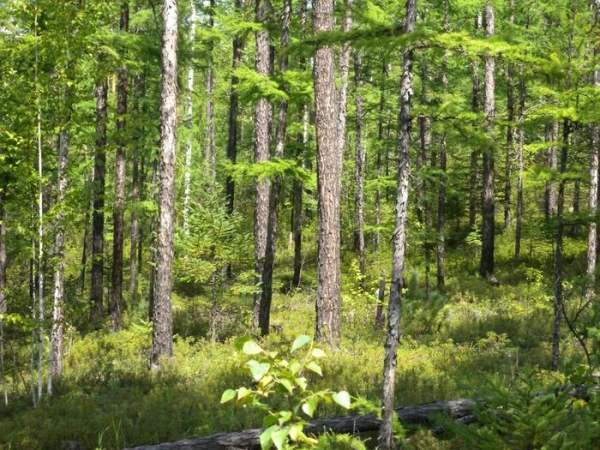Manganese in the soil of boreal forests has been found to work against the carbon storage capacity of these crucial northern habitats.
Manganese in the soil of boreal forests has been found to work against the carbon storage capacity of these crucial northern habitats.
Located predominantly in cold regions at high latitude, boreal forests are estimated to store nearly 30 percent of the world’s soil carbon, making them the world’s largest reservoir of land-based carbon. This stored carbon is found mostly in the forests’ humus layer, which contains decomposed leaves and other organic matter.
A global, long-term study led by Duke University researchers has found that higher levels of manganese in this layer stimulated decomposition of soil organic matter, and released more carbon dioxide than did those forest plots with less or no manganese. The work appeared March 19 in the Proceedings of the National Academy of Sciences (PNAS).
Read more at: Duke University
A scene from the boreal forest of the Daxing'an Mountains in China. (Photo Credit: Jinghua Yu)




